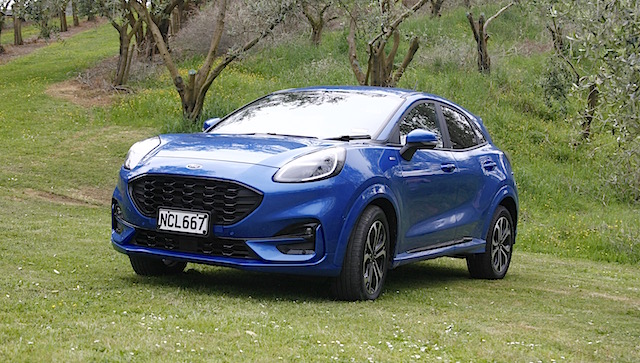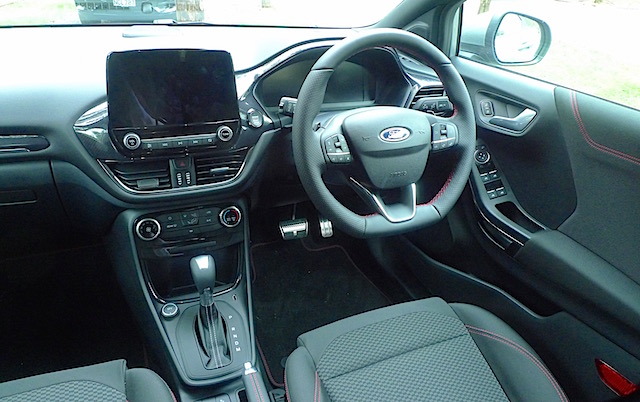
It had gnawed away at Ford New Zealand managing director Simon Rutherford and his team for a few years – the company was becoming a victim of its best selling model, the Ranger ute.
Pretty much everything about Ford was about the Ranger. It was front and centre on every dealer’s forecourt. Ranger consistently accounted for two of every three new Fords registered with the NZ Transport Agency (NZTA). It was (and is) New Zealand’s No.1 selling vehicle.
“Ranger has been so strong it’s overshadowed our other vehicle lines,” Rutherford had said. “But having said that we are seeing a resurgence of passenger vehicles.”

The last time Ford had a passenger car among the year’s top 15 nameplates was in 2014, with the previous generation Focus. Ranger that year became the No. 1 ute, knocking long-time Kiwi favourite the Toyota Hilux off the top spot for the first time.
It was also the year where 9 of the top 15 nameplates were sedans or hatchbacks. Back then Corolla was No. 1, Commodore was No. 2. Six of the 15 were SUVs. These days 13 of the top 15 are SUVs.
Even Ford’s outstanding new Focus hatchback, last year’s AA/Driven Car of the Year, hasn’t managed to dent the first 15 this year. It too has become a victim – of the popularity of SUVs.

Before 2019, Ford had endured a lean time between COTY awards, after winning three in four years – 2008 (Falcon FG sedan), 2009 (Fiesta hatchback), 2011 (Focus hatchback).
But it believes it’s back in the passenger car race with SUVs the Puma and new-generation Escape. “I look at the range of vehicles at our Ford dealers now and I’m pretty happy with what I see,” said Rutherford.
At the end of October the NZTA had registered 9901 new Fords. Ranger accounted for 6309, or 64 per cent. Contrast that number with Ford’s nearest competitor, Mitsubishi. It had 8099 registrations, 3171 (39 per cent) of which were Tritons. Or Toyota with 16,852, of which 4720 (28 per cent) were Hiluxes.
Clearly, Ford is counting on Puma and Escape to bump up its car-to-commercial ratio. Puma goes into the compact SUV segment, Escape into the medium. There was little between segment numbers at the end of last month: compact 18,828, medium 19,674.

A brief drive of Puma and Escape at a media briefing showed that the 13 SUVs in the top 15 cars might have to move over and make a little room for the two five-door Fords. The Puma because of its standout dynamics; the Escape for its packaging and interior room, especially in the second row where seats can be moved forwards or backwards.
The front-drive Puma is built at Ford’s plant in Romania. It sits on a stretched and widened version of the lively Fiesta platform, the main reason why, despite its higher ride height, it remains an engaging drive.
Under the bonnet is a boosted three-cylinder 1.0-litre petrol engine generating 92kW at 6000rpm and 170Nm between 1400-4500rpm. Gearbox is a seven-speed auto. The base model Puma is $33,990, the premium ST-Line variant is $37,990.
Escape is built in Spain and sits on a modified version of the excellent Focus architecture, again an explanation for its ride/handling composure. It is longer and wider than the outgoing model and is powered by a boosted 2.0-litre petrol unit delivering 183kW at 5700rpm and 387Nm at 3100rpm. Gearbox is an eight-speed auto.
There are both front-drive and all-wheel-drive Escape models in a line-up priced between $42,990 and $55,990. Each comes with FordPass, a modem that, among other things, allows the car to be locked or unlocked and started from a smartphone app.
